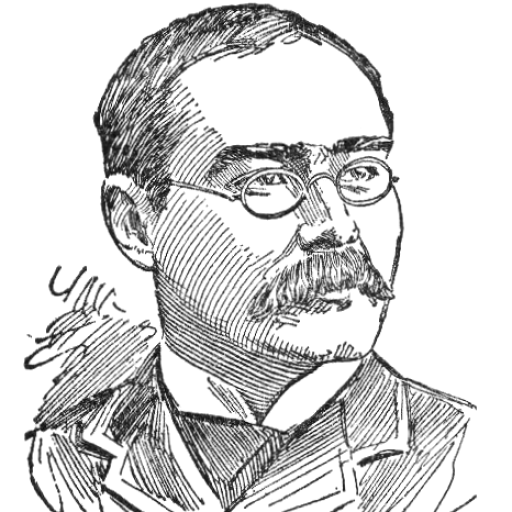Give answer – what ha’ ye done ?
When Kipling first arrived in London in 1889 the literary scene was largely dominated the Aesthetes, who adhered to the doctrine of “Art for Art’s Sake”, that Art should aim only to create beauty and serve no moral, political or didactic purpose. Kipling, in contrast, set out to celebrate the doers – the settlers, soldiers, sailors and statesmen, “those who fought and sailed and ruled and loved and made our world“.
He believed you are what you do, that a man’s worth is measured by his actions. The ‘Dedication from Barrack-Room Ballads’ describes men who have distinguished themselves; ‘When Earth’s Last Picture is Painted’ describes the rewards to those who have fully used their talents – that they shall continue to do so on a cosmic scale: “And no one shall work for money, and no one shall work for fame/But each for the joy of working“.
Kipling’s admiration for the doers was matched only by his contempt for professional intellectuals. Significantly, when he settled in London he chose as his residence Villiers Street near the Charing Cross railway station – close to the press at Fleet Street, to government at Whitehall and to the music-halls on Shaftesbury Avenue – rather than an intellectually “in” address such as Bloomsbury. Kipling caricatured such professional intellectuals in ‘Tomlinson’, a portrait of the non-individual, the person who did not live out his life: the one who has “many a soul wherefrom he stole, but his we cannot find”. And, in ‘The Hour of the Angel’ Kipling contrasts life lived out and life unlived: “Meeting, astounded, victory at the last / or, first and last, our own unworthiness …“
Since the hour of each person’s death is, by definition, that person’s Day of Judgment, it is fitting that all these poems are set against a cosmic background. And few have described the cosmic landscape as well as Kipling: he really knew how to “splash at a ten-league canvas with brushes of comets’ hair”. The ‘Dedication from Barrack-Room Ballads’, ‘When Earth’s Last Picture is Painted’ and ‘Tomlinson’ contain vivid descriptions of those realms “beyond the loom of the last lone star“.

